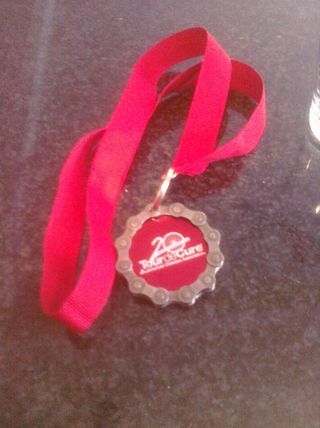By Megrette Fletcher M.Ed, RD, CDCES
Co-Author of Eat What You Love, Love What You Eat with Diabetes
The weather has turned in New England, filling the air with sunshine. These spring days seem to release the energy that has been stored all winter. Every time I look outside, I simply want to move. In Chapter 8 of Eat What You Love, Love What You Eat with Diabetes, we talk about how the body is born to move. In fact, movement was critical for our survival. Sure, we aren’t being attacked by wild animals as our ancestors were, but everyone’s body is meant to be active.
Many of my patients don’t realize that exercise is as effective at lowering blood glucose levels as medication! It is true that for every minute you exercise, you will lower your blood sugar about 1 point, up to 30 to 40 points. However, more is not necessarily lower them further, which is what Colin found out when he called in his blood sugars.
“You said exercise was going to lower my blood sugars. I don’t get it. I went to the gym for an hour and a half, but they were still above target.”
Exercise is really the best medicine for people with type 2 diabetes. It works at the cause of the problem – insulin resistance. When people exercise, they lower their blood glucose levels because muscle cells are using the glucose in the bloodstream to fuel the activity. After about 20 minutes, the body starts to sense this activity is going to continue, so it shifts fuel from glucose to fatty acids, which is a fancy way of saying stored fat.
When this shift from glucose to fatty acids happens, the effect of exercise on lowering blood glucose decreases. However, the long-term benefit of exercise is just beginning. Aerobic exercise strengthens the heart, raises HDL or the “healthy” cholesterol, builds muscle, raises the metabolism and decreases insulin resistance.
As I explained this to Colin, I began to get suspicious, so I asked, “Colin, why are you exercising?”
“‘Cause I have to get these numbers down.”
“Oh, I see. Do you think this level of exercise is sustainable?”
“Ummm, I am not sure. I am just really nervous about the diabetes. I just want the exercise to work more. I am frustrated that my blood sugar didn’t go down more when I did all that exercise!”
Hearing Colin express his feelings made me realize that he was missing the larger point of exercise. Engaging in longer bouts of activity is fine. However, the real benefit is seen when the activity is consistent. I wanted Colin to think of exercising as fun, not a chore or punishment.
“Colin, I have an idea. Have you ever heard of the Tour de Cure? It is a bike ride to support the American Diabetes Association.”
As we talked, Colin became more interested in the event. When we ended our session, Colin was excited about cycling and taking part in a national ride to support people with diabetes. The discussion seemed to magically change his thoughts about exercise. He asked about training opportunities and connecting with other cyclists.
He paused and said, “You’re very persuasive. I’ll see you at the ride?”
To learn more about the Tour de Cure and to find a ride near you, visit http://tour.diabetes.org
